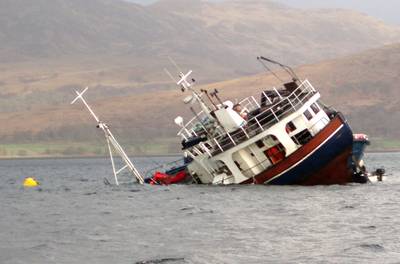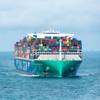Nairobi Wreck Removal Convention Enters into Force
The Nairobi International Convention on the Removal of Wrecks enters into force on Tuesday, April 14, 2015. The Convention places strict liability on owners for locating, marking and removing wrecks deemed to be a hazard and makes State certification of insurance, or other form of financial security for such liability, compulsory for ships of 300 gt and above. It also provides States Parties with a right of direct action against insurers.
- a duty on the ship’s master or operator to report to the “Affected State” a maritime casualty resulting in a wreck and a duty on the Affected State to warn mariners and the States concerned of the nature and location of the wreck, as well as a duty on the Affected State that all practicable steps are taken to locate the wreck;
- criteria for determining the hazard posed by wrecks, including depth of water above the wreck, proximity of shipping routes, traffic density and frequency, type of traffic and vulnerability of port facilities. Environmental criteria such as damage likely to result from the release into the marine environment of cargo or oil are also included;
- measures to facilitate the removal of wrecks, including rights and obligations to remove hazardous wrecks, which set out when the shipowner is responsible for removing the wreck and when the Affected State may intervene;
- liability of the owner for the costs of locating, marking and removing wrecks - the registered shipowner is required to maintain compulsory insurance or other financial security to cover liability under the convention;
- settlement of disputes.














